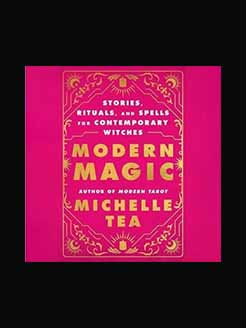Published in 2002 (first published 1961)
472 pages
Jane Jacobs, OC, O.Ont (May 4, 1916 – April 25, 2006) was an American-born Canadian writer and activist with primary interest in communities and urban planning and decay. She is best known for The Death and Life of Great American Cities (1961), a powerful critique of the urban renewal policies of the 1950s in the United States. The book has been credited with reaching beyond planning issues to influence the spirit of the times.
Along with her well-known printed works, Jacobs is equally well-known for organizing grassroots efforts to block urban-renewal projects that would have destroyed local neighborhoods. She was instrumental in the eventual cancellation of the Lower Manhattan Expressway, and after moving to Canada in 1968, equally influential in canceling the Spadina Expressway and the associated network of highways under construction.
What is this book about?
A direct and fundamentally optimistic indictment of the short-sightedness and intellectual arrogance that has characterized much of urban planning in this century, The Death and Life of Great American Cities has, since its first publication in 1961, become the standard against which all endeavors in that field are measured. In prose of outstanding immediacy, Jane Jacobs writes about what makes streets safe or unsafe; about what constitutes a neighborhood, and what function it serves within the larger organism of the city; about why some neighborhoods remain impoverished while others regenerate themselves. She writes about the salutary role of funeral parlors and tenement windows, the dangers of too much development money and too little diversity. Compassionate, bracingly indignant, and always keenly detailed, Jane Jacobs’s monumental work provides an essential framework for assessing the vitality of all cities.







